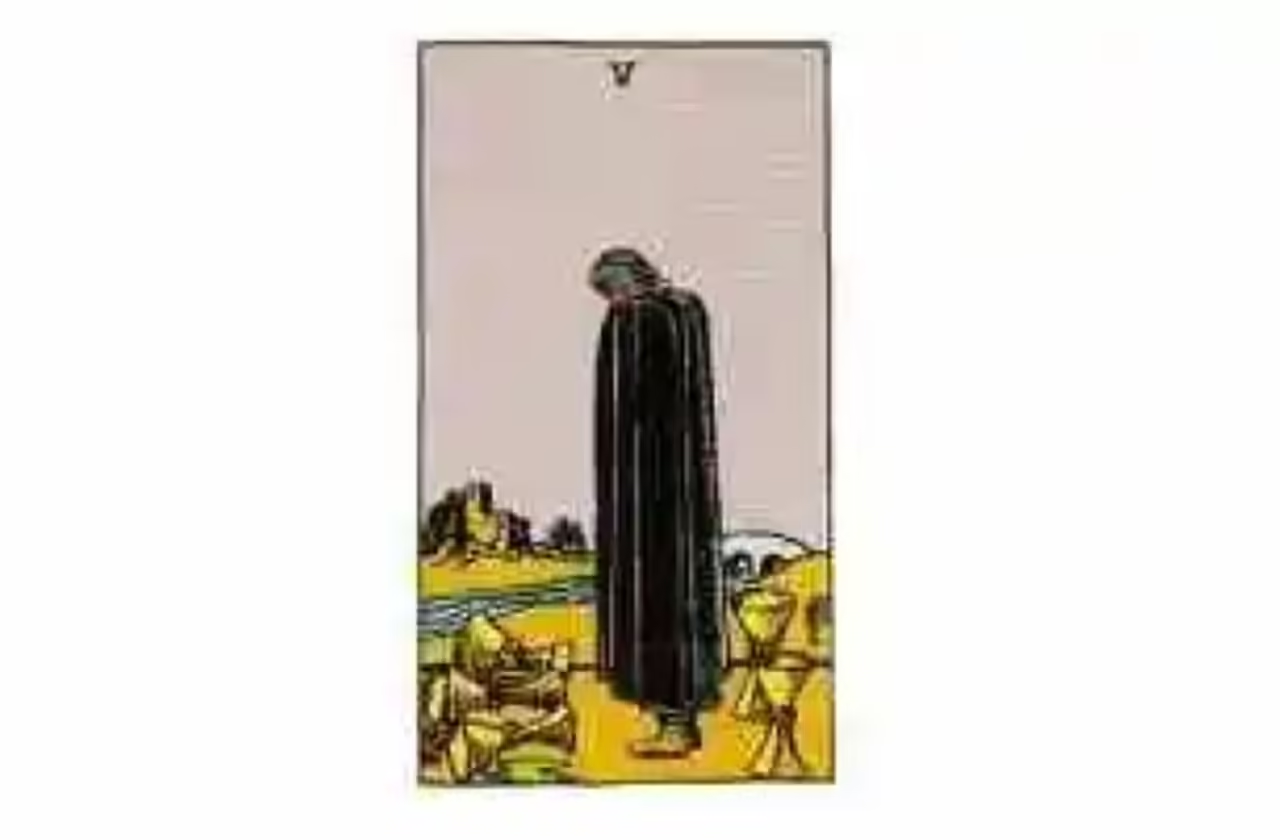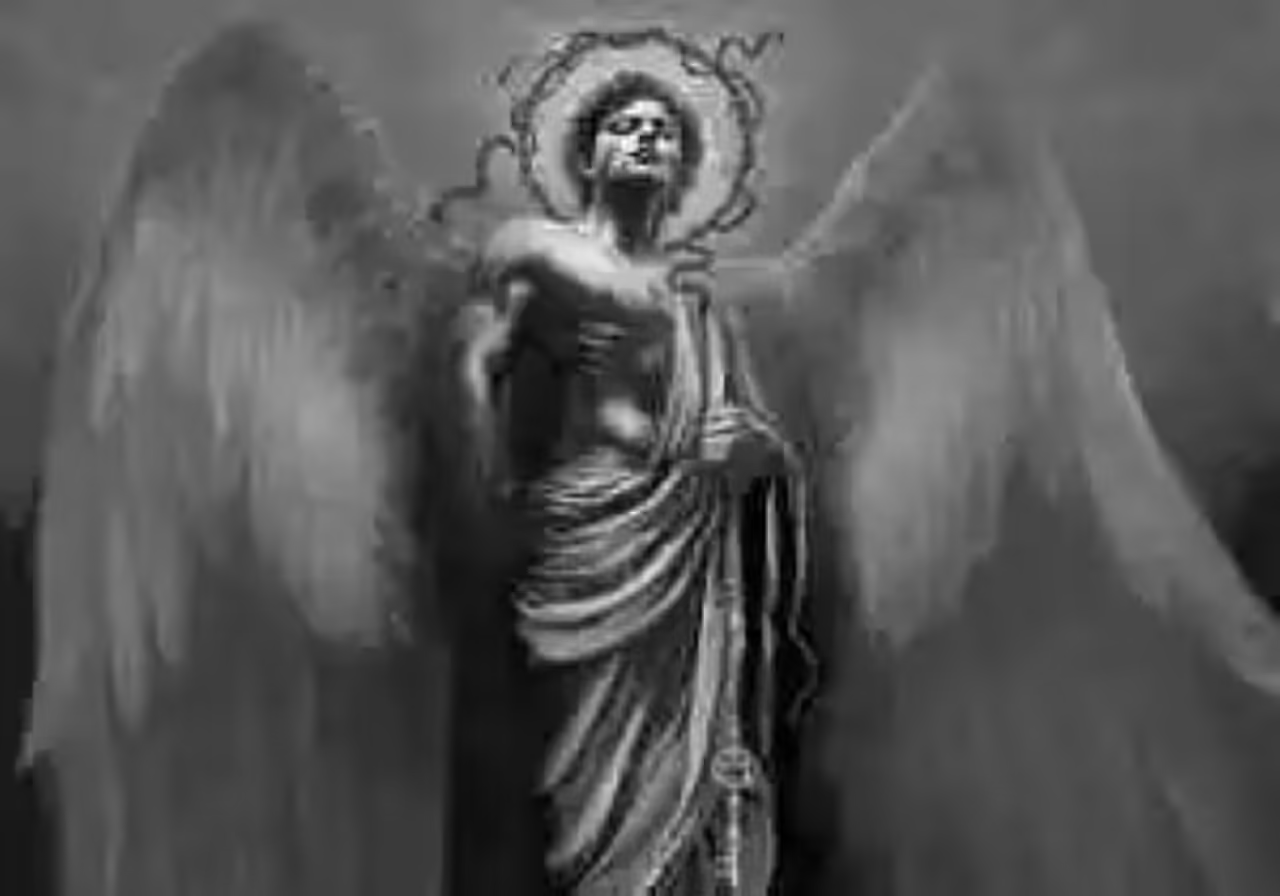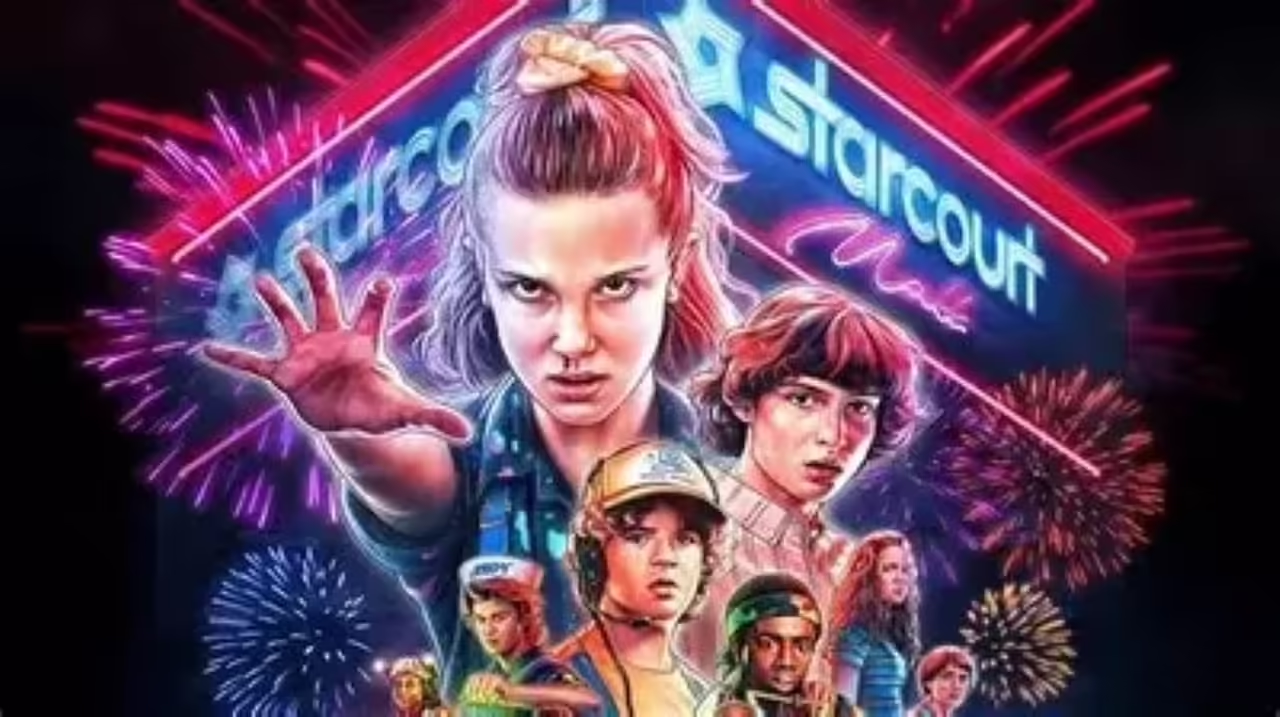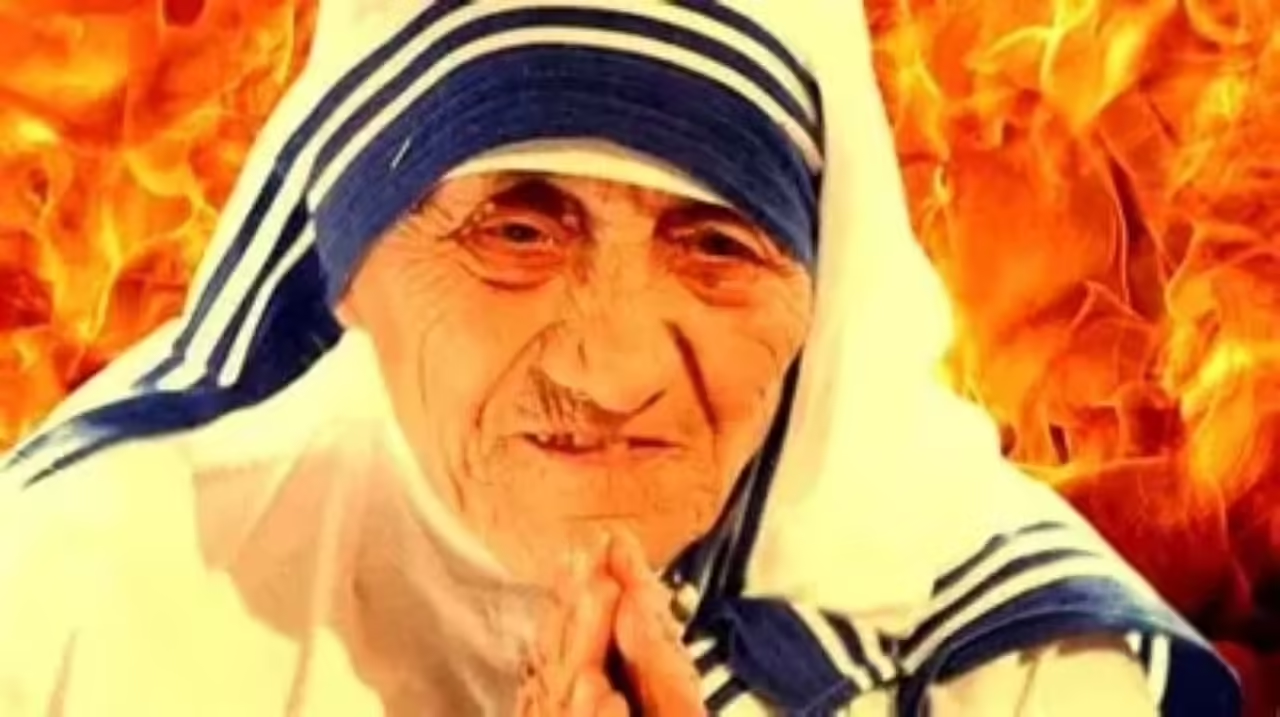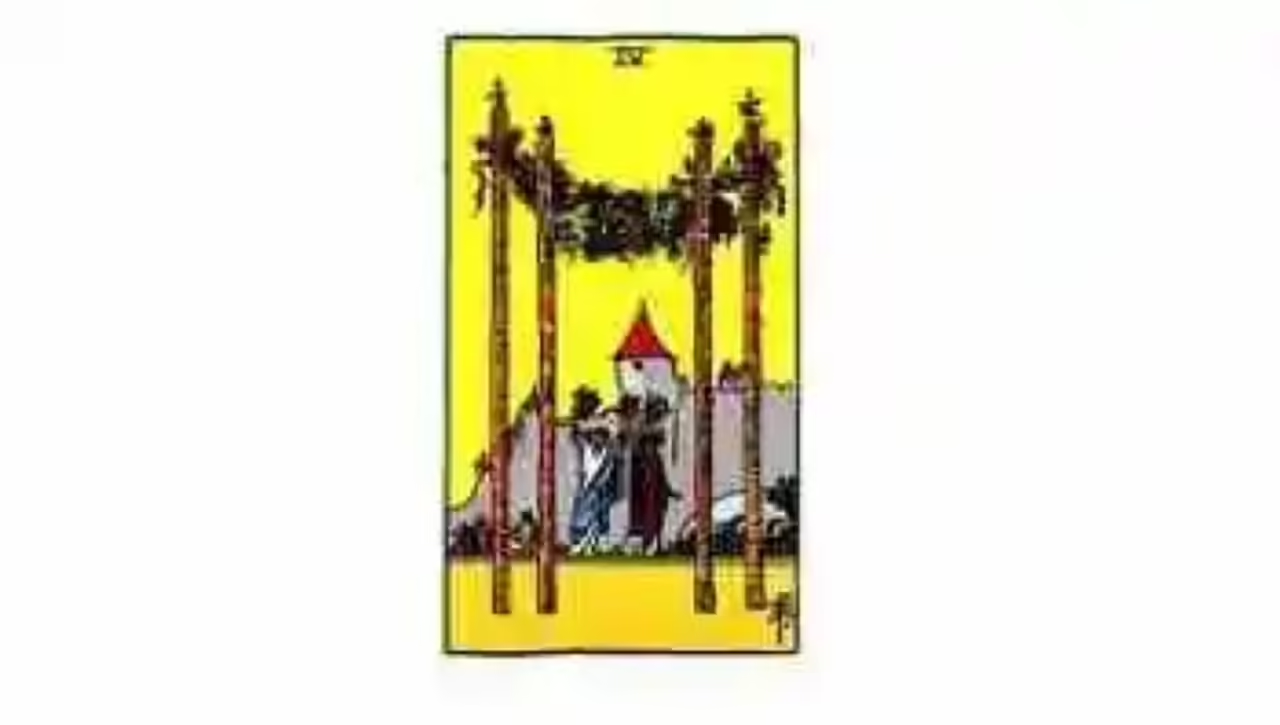
An art that has entertained generations
It is very difficult to find in the literature of cartoons, that a creative has specified a specific classification. But there are artists focused on one of the aspects of animation. There are specialized in drawings of feature films, others of animals and some, in educational drawings.
In order to be able to carry out a classification, which, as stated above, has not been officially carried out by professionals in this field, a rough analysis of the abundant literature of cartoons is required.
From this analytical study derive the following types:
- Actants: consist of the use of figures or individuals who play the role of actants in the stories, such as heroes, rivals, etc. There are several subtypes of actants such as animals, humans and personified objects that act as princes, villains, bad guys, good guys, heroes, witches, monsters, etc.
- Animal Actants: these appeared at the end of the nineteenth century, in comics and feature films, such as Disney, where animals were the characters, but with human attributes such as talking, etc.
- Human Actants: in this classification of the cartoons, we are for example, with Popeye the sailor, the Flintstones, among others. But in those first decades of the twentieth century, anthropomorphized animals were the protagonists and those who abounded in drawings.Exactly, with the emergence of the feature film of cartoons, and a more realistic character was added as in “Peter Pan”, “Snow White and the seven dwarfs”, “the Cinderella”, “the sleeping beauty”, “Beauty and the beast “, among others.
- Acting objects: in the year 1907, James Stuart Blackton published“The enchanted hotel”, innovating by giving life to objects such as cutlery, which moved alone on the table.

